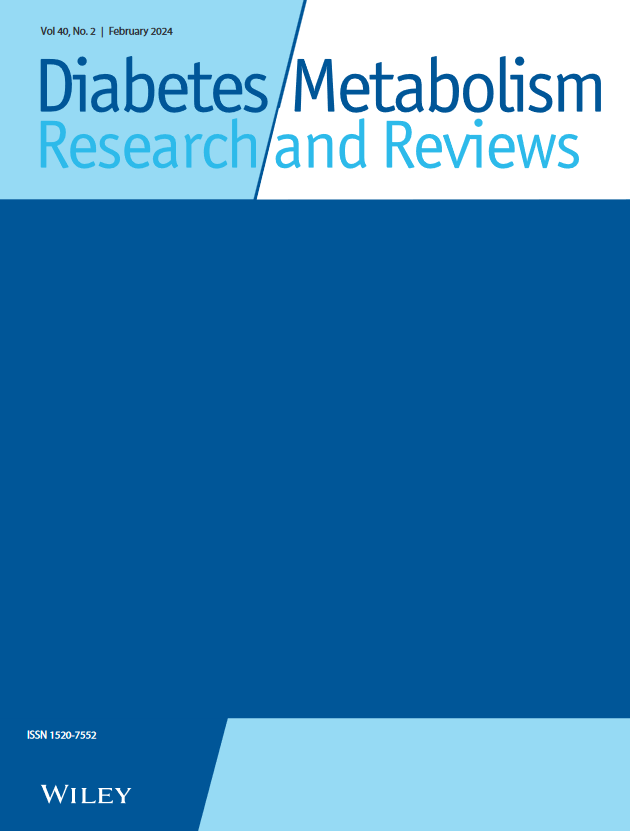Thyroid hormones impact lipid metabolism and glucose homoeostasis through both central and peripheral regulation; however, little research has delved into the association between thyroid hormone sensitivity and metabolically obese phenotypes. We aimed to investigate the correlation between indices of central and peripheral sensitivity to thyroid hormones and metabolically obese phenotypes in euthyroid Chinese adults.
This cross-sectional study included 20,084 euthyroid individuals. Central thyroid hormone sensitivity was assessed using the thyroid feedback quantile-based index (TFQI), parametric thyroid feedback quantile-based index (PTFQI), thyroid-stimulating hormone index (TSHI), and thyrotropin thyroxine resistance index (TT4RI), while peripheral thyroid hormone sensitivity was measured by FT3/FT4. Metabolically obesity phenotypes included metabolically healthy non-obesity (MHNO), unhealthy non-obesity (MUNO), metabolically healthy obesity (MHO), and unhealthy obesity (MUO). Multinomial logistic regression and restricted cubic spline analyses were conducted to investigate the association between thyroid hormone sensitivity indices and metabolically obese phenotypes risk. Subgroup analysis was also performed to examine this association stratified by sex and age. Mediation analysis was performed to estimate direct and indirect effects of BMI.
Prevalence of MHNO, MUNO, MHO and MUO was 66.1% (n = 13,273), 21.3% (n = 4271), 5.3% (n = 1055), and 7.4% (n = 1485) respectively. After adjustment for potential confounders, the odds ratios (ORs) (95% CI) for MUNO and MUO were increased with all elevated thyroid hormones sensitivity indices (per SD increase) [MUNO: TFQI 1.14(1.09–1.19), PTFQI 1.18(1.23–1.23); TSHI 1.26(1.19–1.33), TT4RI 1.41, (1.31–1.53), FT3/FT4 1.20(1.14–1.25) and [MUO: TFQI 1.20(1.11–1.31), PTFQI 1.26(1.16–1.37), TSHI 1.39 (1.26–1.54), TT4RI 1.70(1.48–1.95), FT3/FT4 1.26 (1.16–1.37)] (p value < 0.001), and only TSHI and TT4RI (per SD increase) significantly increased the risk of MHO (TSHI: OR = 1.12, 95% CI 1.01–1.24; TT4RI: OR = 1.25, 95%CI 1.08–1.4) (p value < 0.05). Non-linear relationships were observed between central thyroid hormones sensitivity indices and MUNO and MUO(p for nonlinearity < 0.05). Conversely, a linear relationship between FT3/FT4 and metabolically obese phenotypes was noted in all subjects (p for nonlinearity > 0.05). Besides, subgroup analysis indicated that this association remained consistent among sex and age (p for interaction > 0.05). The proportions mediated by BMI on the association of TFQI, PTFQI, TSHI, TT4RI, FT3/FT4 and risk of metabolically unhealthy conditions were 13.73%, 25.38%, 22.75%, 17.94% and 62.28%, respectively.
In euthyroid adults, central and peripheral sensitivity to thyroid hormones indices are positively associated with metabolically obese phenotypes risk, especially MUNO and MUO phenotypes.


